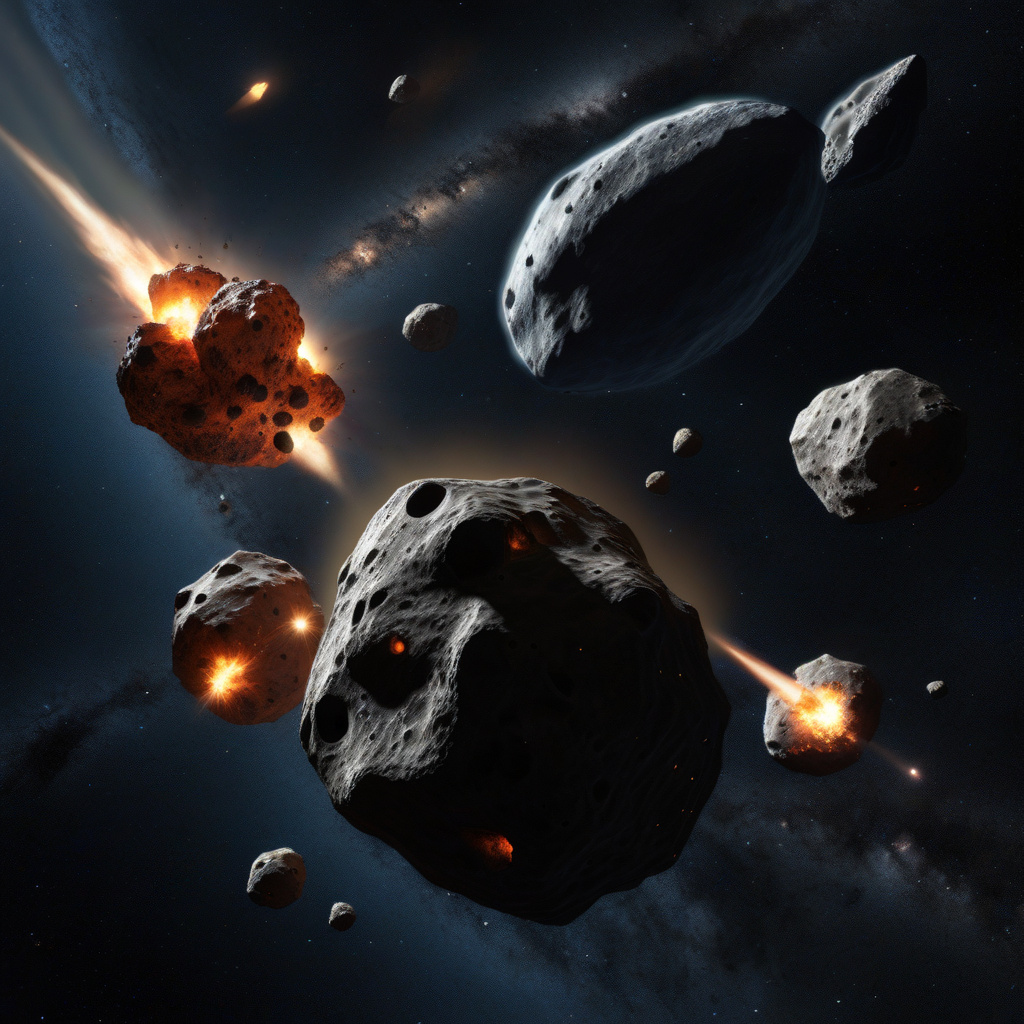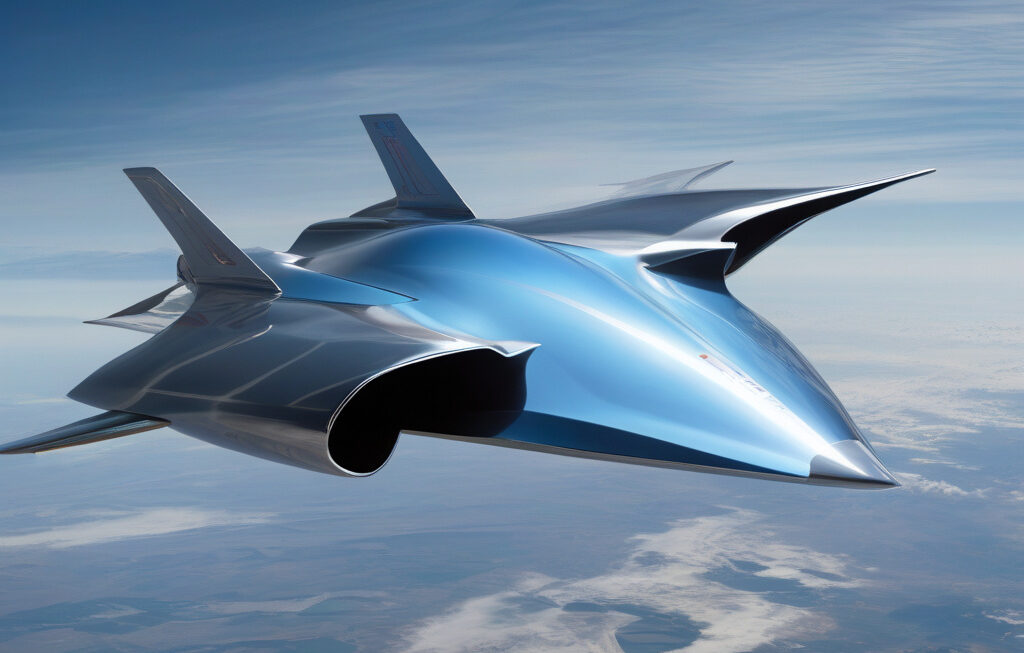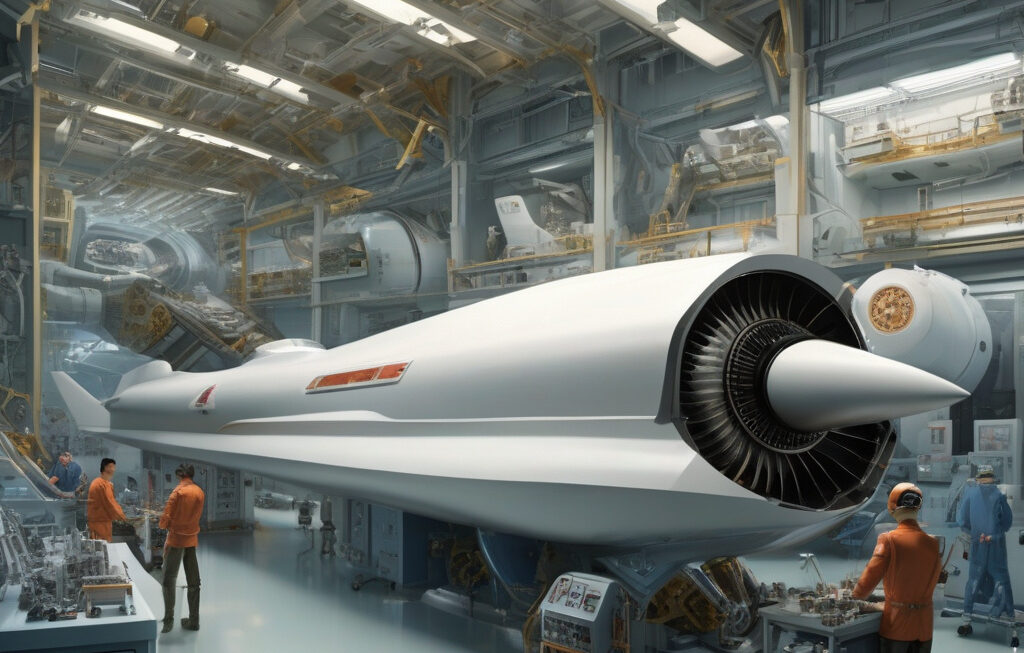Apocalypse Now? NASA Is Monitoring 3 Asteroids Flying at 41,000 MPH Towards Earth
This week, five asteroids will fly past Earth, close enough to be categorized as Potentially Hazardous Objects (PHOs) by NASA. Among them, three asteroids are hurtling towards our planet at an astonishing speed of 41,000 miles per hour, raising concerns about a possible catastrophic impact. While the chances of a direct hit are slim, the proximity of these celestial bodies serves as a stark reminder of the potential threats lurking in space.
NASA’s Near-Earth Object Observations Program, tasked with tracking asteroids and comets that could pose a danger to our planet, is keeping a close eye on these three asteroids. The first of the trio, named 2022 KP1, is expected to pass by Earth on Wednesday, followed by 2022 KQ1 on Thursday, and finally, 2022 KT1 on Friday. These near-misses highlight the importance of continued vigilance and preparedness for any future encounters with space debris.
While the idea of an asteroid impact may seem like a scenario out of a doomsday movie, the reality is that Earth has been bombarded by cosmic objects throughout its history. The most famous example is the Chicxulub impactor, believed to have contributed to the extinction of the dinosaurs 66 million years ago. While the likelihood of a similar catastrophic event occurring in our lifetime is low, the consequences of such an impact could be devastating.
To mitigate the risks associated with near-Earth asteroids, NASA and other space agencies around the world are working on various strategies. These include early detection systems, asteroid deflection missions, and international collaborations to enhance our ability to respond to potential threats. For instance, NASA’s DART (Double Asteroid Redirection Test) mission aims to test the effectiveness of deflecting an asteroid off its collision course with Earth.
In addition to governmental efforts, private initiatives like SpaceX founder Elon Musk’s SpaceX are also investing in asteroid detection and deflection technologies. SpaceX’s Starship spacecraft, designed for missions to Mars, could potentially be repurposed for asteroid deflection missions in the future. These advancements in space technology underline the growing recognition of the need to protect our planet from cosmic hazards.
While the thought of asteroids hurtling towards Earth at 41,000 miles per hour may sound alarming, it is essential to remember that significant strides have been made in our ability to track and potentially mitigate these threats. By leveraging the latest advancements in space technology and fostering international cooperation, we can better prepare for any future encounters with potentially hazardous asteroids. After all, safeguarding our planet from cosmic threats is a responsibility that transcends national boundaries and requires collective action.
In conclusion, while the news of three asteroids speeding towards Earth may sound like a plot from a Hollywood blockbuster, it serves as a sobering reminder of the cosmic forces at play around us. By staying vigilant, investing in asteroid detection and deflection technologies, and fostering international collaboration, we can better protect our planet from potential impacts. After all, when it comes to defending Earth from asteroids, prevention is key.
asteroid, NASA, Earth, space technology, cosmic threats











